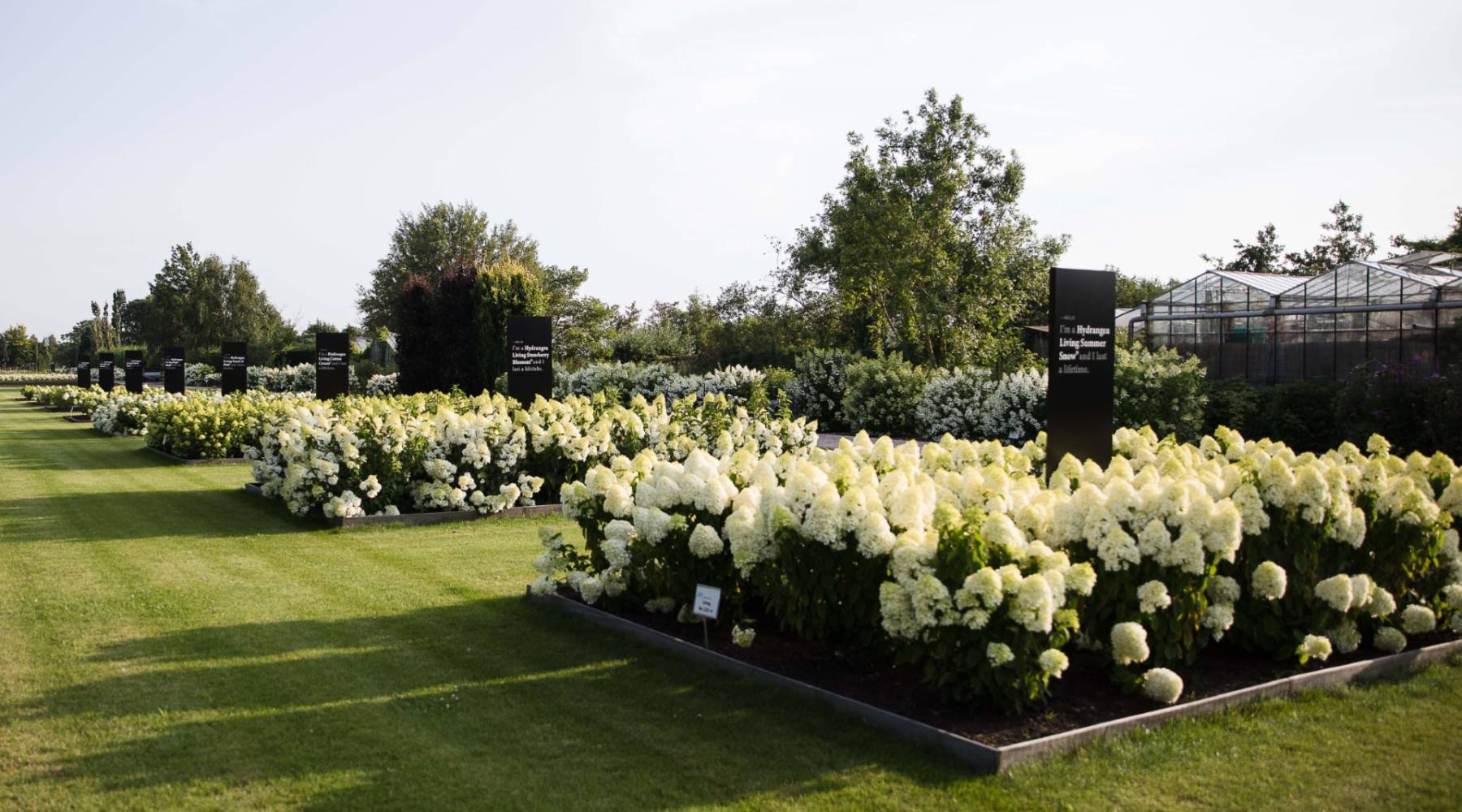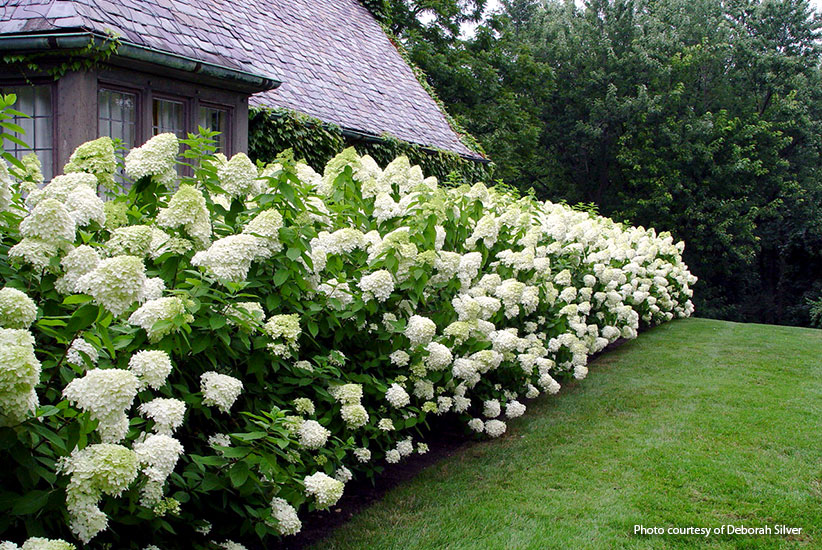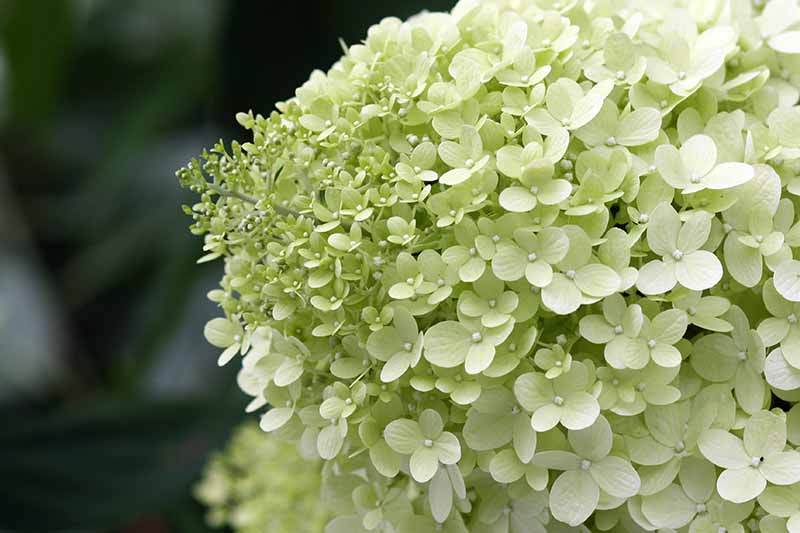How To Grow Hydrangea Paniculata For Big Beautiful Blooms
Introduction
Hydrangea paniculata, also known as panicle hydrangea, is a popular garden shrub that is known for its large, cone-shaped blooms. These hydrangeas come in a variety of colors, including white, pink, and blue. They are relatively easy to grow and care for, and they can be a beautiful addition to any garden.
In this blog post, I will discuss the best practices for growing hydrangea paniculata. I will cover topics such as choosing the right location, planting, watering, fertilizing, pruning, and winter protection. I will also provide some tips for getting the biggest and most beautiful blooms.
Main Content
Choosing the Right Location
Panicle hydrangeas prefer full sun to partial shade. They will tolerate some shade, but they will not flower as well in deep shade. The best location for a panicle hydrangea is in an area that receives at least four hours of direct sunlight per day.
The soil for a panicle hydrangea should be well-draining. These hydrangeas are susceptible to root rot, so it is important to avoid planting them in areas where the soil is prone to waterlogging. The soil should also be fertile and have a pH of 5.5 to 7.0.
Planting
Panicle hydrangeas can be planted in the spring or fall. When planting, dig a hole that is twice as wide as the root ball of the plant. Add some compost or other organic matter to the soil in the hole. Place the plant in the hole and backfill with soil, tamping down gently. Water the plant well.
Watering
Panicle hydrangeas need regular watering, especially during the first year after planting. Once the plant is established, it will need less frequent watering. However, it is important to water the plant deeply during periods of hot, dry weather.
Fertilizing
Panicle hydrangeas should be fertilized in the spring and fall. Use a balanced fertilizer, such as 10-10-10. Apply the fertilizer according to the directions on the label.
Pruning
Panicle hydrangeas can be pruned in the spring or fall. However, it is best to prune them in the spring, just before new growth emerges. This will allow the plant to produce the most flowers.
When pruning a panicle hydrangea, remove any dead, diseased, or damaged branches. You can also thin out the plant by removing some of the older branches. This will help to promote new growth and encourage the plant to flower more profusely.
Winter Protection
In areas with cold winters, panicle hydrangeas may need some winter protection. You can protect the plant by covering it with a burlap sack or evergreen boughs. You can also mound soil around the base of the plant to help insulate it.
Tips for Getting the Biggest and Most Beautiful Blooms
Here are some tips for getting the biggest and most beautiful blooms from your panicle hydrangea:
- Plant your hydrangea in full sun to partial shade.
- Water your hydrangea regularly, especially during hot, dry weather.
- Fertilize your hydrangea in the spring and fall.
- Prune your hydrangea in the spring, just before new growth emerges.
- Protect your hydrangea from winter cold.
- Choose a hydrangea variety that is known for its big, beautiful blooms.
Conclusion
Hydrangea paniculata is a beautiful and easy-to-grow shrub that can be a beautiful addition to any garden. By following the tips in this blog post, you can ensure that your hydrangea will thrive and produce big, beautiful blooms for years to come.
Hydrangea paniculata is a beautiful and versatile shrub that is native to Asia. It is known for its large, panicle-shaped flowers that can be white, pink, or blue. Hydrangea paniculata is a relatively easy plant to care for and can be grown in a variety of conditions.
If you are interested in learning more about hydrangea paniculata, I recommend visiting the website . This website has a wealth of information about the plant, including its history, care requirements, and varieties. You can also find photos and videos of hydrangea paniculata in bloom.
I hope you enjoy learning about hydrangea paniculata!
FAQ of hydrangea paniculata
1. What are the best conditions for hydrangea paniculata?
Hydrangea paniculata thrives in rich, medium moisture, well-drained soils. They require a few hours of direct sunlight to flower best, but can also tolerate partial shade. They are not fussy about the soil type as long as it is well-drained.
2. What are the colors of hydrangea paniculata?
The flowers of hydrangea paniculata can be white, pink, blue, or purple. The color of the flowers is determined by the pH of the soil. In acidic soil, the flowers will be blue. In alkaline soil, the flowers will be pink or purple.
3. How do I care for hydrangea paniculata?
Hydrangea paniculata is a relatively easy plant to care for. Water it regularly, especially during the summer months. Fertilize it once a year in the spring with a balanced fertilizer. Prune it in the late winter or early spring to shape it and remove dead or diseased branches.
4. What are some common pests and diseases of hydrangea paniculata?
The most common pests of hydrangea paniculata are aphids, spider mites, and scale insects. The most common diseases of hydrangea paniculata are leaf spot, rust, and powdery mildew. If you see any pests or diseases on your hydrangea paniculata, treat them immediately with an insecticidal soap or fungicide.
5. How long do hydrangea paniculata flowers last?
The flowers of hydrangea paniculata can last for several weeks. They typically bloom from July to September.
Image of hydrangea paniculata
5 different images of "hydrangea paniculata" from Pinterest:
- Hydrangea paniculata in full bloom. This image shows a large, white hydrangea paniculata in full bloom. The flowers are arranged in large panicles, or clusters, and they are surrounded by dark green leaves.
- Hydrangea paniculata in a garden. This image shows a hydrangea paniculata planted in a garden. The flowers are a light pink color, and they are surrounded by a variety of other flowers and plants.

- Hydrangea paniculata in a vase. This image shows a hydrangea paniculata in a vase. The flowers are a deep blue color, and they are arranged in a tall, elegant vase.

- Hydrangea paniculata in a hedge. This image shows a hydrangea paniculata planted as a hedge. The flowers are a light pink color, and they form a dense, colorful hedge.

- Hydrangea paniculata in a close-up. This image shows a close-up of a hydrangea paniculata flower. The flower is a light pink color, and it has a delicate, intricate structure.

Post a Comment for "How To Grow Hydrangea Paniculata For Big Beautiful Blooms"